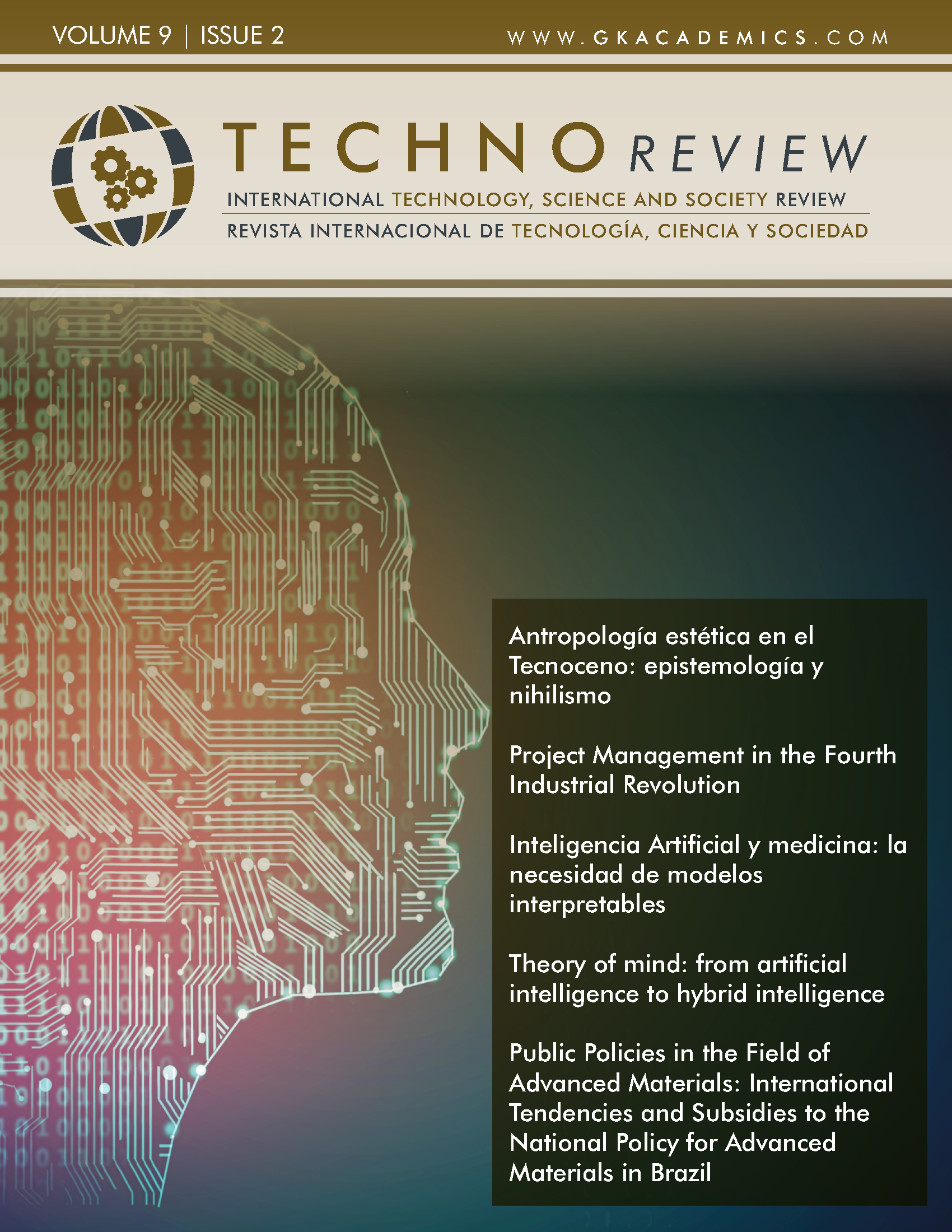Inteligencia Artificial y medicina: la necesidad de modelos interpretables
DOI:
https://doi.org/10.37467/gka-revtechno.v9.2814Palabras clave:
Inteligencia Artificial, Ciencias de la salud, Sistemas de Diagnóstico, Modelos Predictivos, Caja negra, IA Interpretable, Covid-19Resumen
La pandemia ha proporcionado ejemplos claros del potencial de la IA para el sector de la salud, así como algunos de sus problemas, en buena parte derivados del uso de modelos de caja negra. En algunos casos, no existen alternativas razonables a los modelos de caja negra, como en tratamiento de imagen y voz. Sin embargo, en muchas otras situaciones resultaría más provechoso intentar centrar los desarrollos en la línea de la IA interpretable, que podrían ser aprovechados de manera directa para la confirmación de conocimiento o para la generación de hipótesis nuevas que puedan comprobarse con experimentos posteriores.
Citas
Ancochea, J., Izquierdo, J. L., Savana COVID-19 Research Group, & Soriano, J. B. (2020). Evidence of gender differences in the diagnosis and management of coronavirus disease 2019 patients: An analysis of electronic health records using natural language processing and machine learning. Journal of Women's Health,
Ardakani, A. A., Kanafi, A. R., Acharya, U. R., Khadem, N., & Mohammadi, A. (2020). Application of deep learning technique to manage COVID-19 in routine clinical practice using CT images: Results of 10 convolutional neural networks. Computers in Biology and Medicine, 103795.
Beck, B. R., Shin, B., Choi, Y., Park, S., & Kang, K. (2020). Predicting commercially available antiviral drugs that may act on the novel coronavirus (SARS-CoV-2) through a drug-target interaction deep learning model. Computational and Structural Biotechnology Journal,
Chalmers, D. J. (2006). Strong and weak emergence. The Re-Emergence of Emergence, , 244-256.
de Montalvo Jääskeläinen, F. (2018). ¿ Puede la máquina sustituir al hombre?: Una reflexión jurídica sobre el ojo clínico y la responsabilidad en tiempos del big data. Razón y Fe: Revista Hispanoamericana De Cultura, 278(1436), 323-334.
Graziani, D., Soriano, J. B., Rio-Bermudez, D., Morena, D., Díaz, T., Castillo, M., et al. (2020). Characteristics and prognosis of COVID-19 in patients with COPD. Journal of Clinical Medicine, 9(10), 3259.
Izquierdo, J. L., Ancochea, J., Soriano, J. B., & Savana COVID-19 Research Group. (2020). Clinical characteristics and prognostic factors for intensive care unit admission of patients with COVID-19: Retrospective study using machine learning and natural language processing. Journal of Medical Internet Research, 22(10), e21801.
Lalmuanawma, S., Hussain, J., & Chhakchhuak, L. (2020). Applications of machine learning and artificial intelligence for covid-19 (SARS-CoV-2) pandemic: A review. Chaos, Solitons & Fractals, , 110059.
Mitchell, M. (2009). Complexity: A guided tour Oxford University Press.
Molnar, C. (2020). Interpretable machine learning Lulu. com.
Rudin, C. (2019). Stop explaining black box machine learning models for high stakes decisions and use interpretable models instead. Nature Machine Intelligence, 1(5), 206-215.
Zietz, M., & Tatonetti, N. P. (2020). Testing the association between blood type and COVID-19 infection, intubation, and death. MedRxiv : The Preprint Server for Health Sciences.
Descargas
Publicado
Cómo citar
Número
Sección
Licencia
Aquellos autores/as que publiquen en esta revista, aceptan los términos siguientes:
- Los autores/as conservarán los derechos morales sobre la obra y cederán a la revista los derechos comerciales.
- Transcurrido un año desde su publicación, la versión del editor pasará a estar en acceso abierto en la web de la editorial, pero la revista mantendrá el copyright de la obra.
- En el caso de que los autores deseen asignar una licencia abierta Creative Commons (CC), podrán solicitarla escribiendo a publishing@eagora.org







